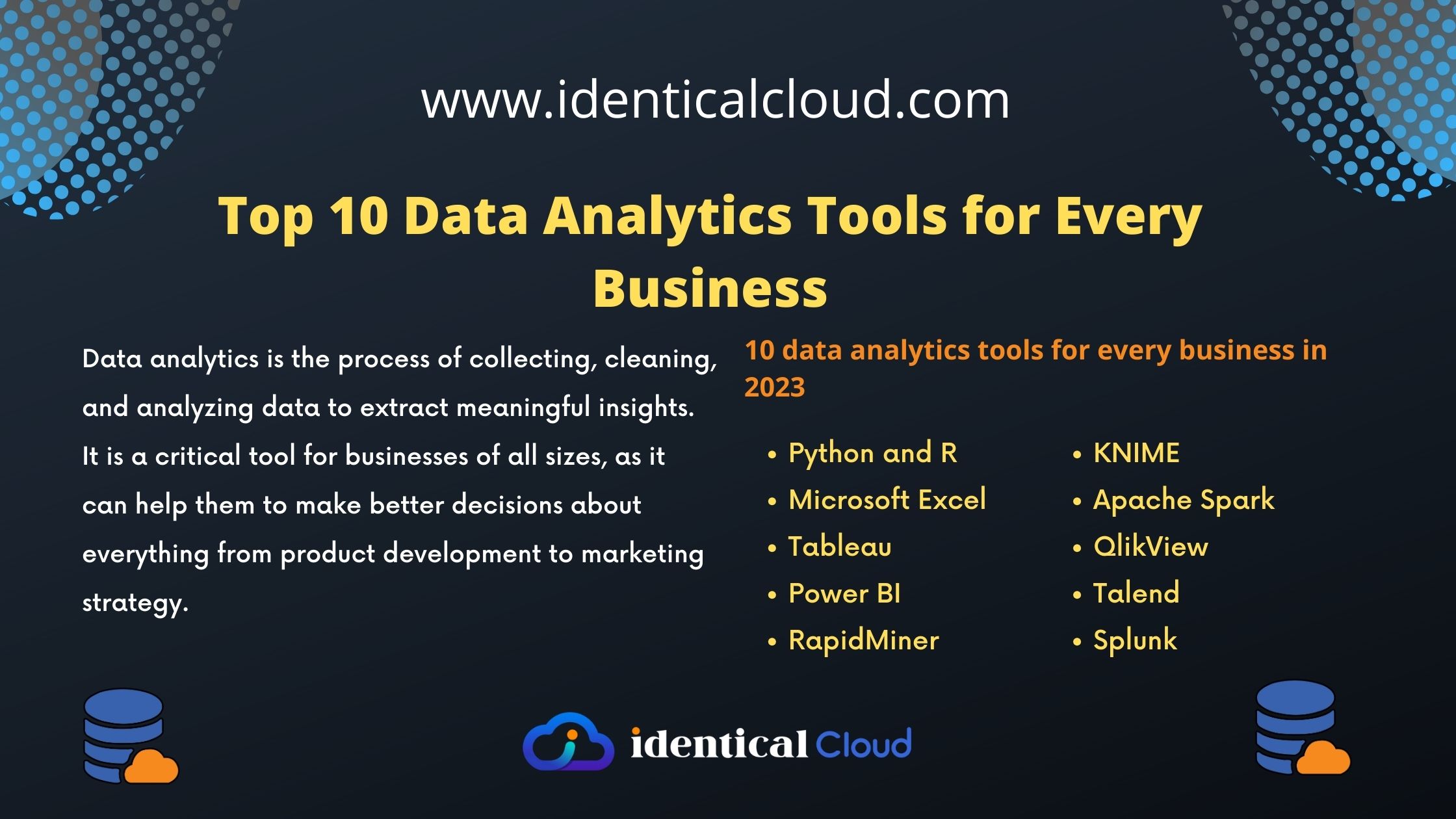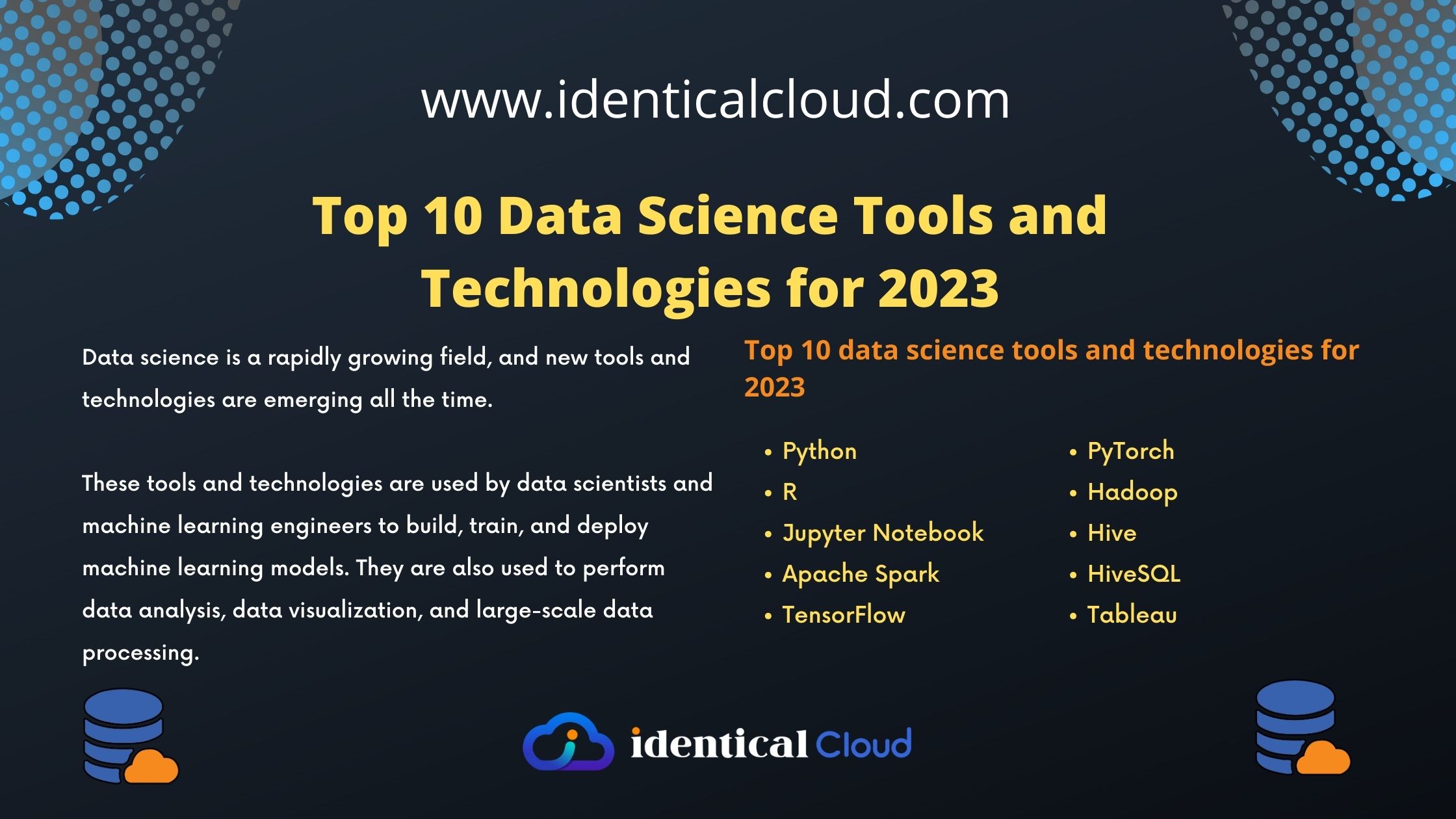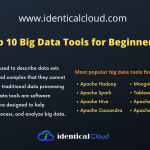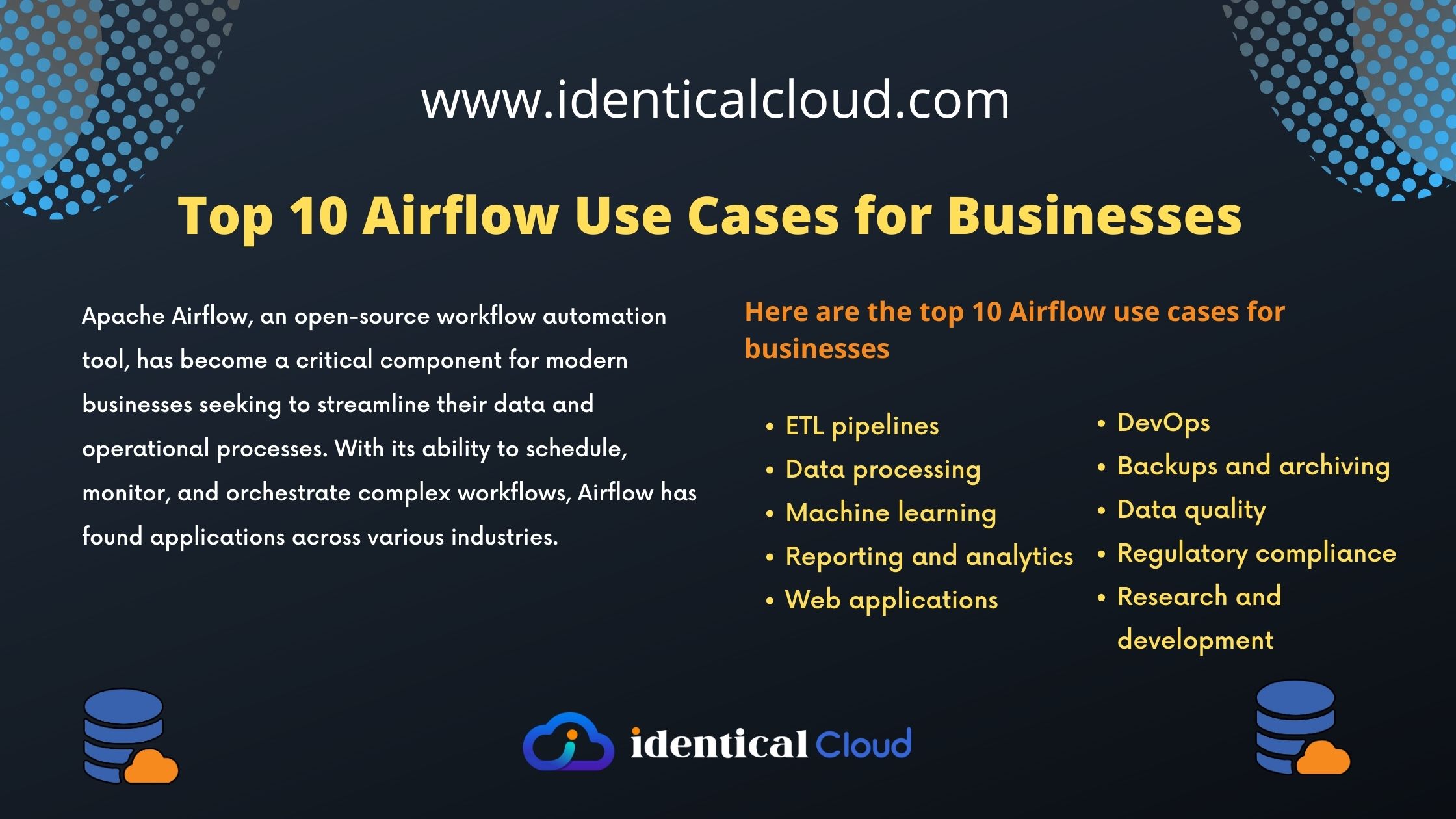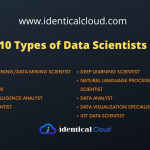
What is Databricks?
What is Databricks?
Databricks is a unified analytics platform for data engineering, data science, and machine learning. It is a cloud-based platform that provides a single environment for building, managing, and deploying data pipelines, machine learning models, and applications.
Databricks is built on top of Apache Spark, a popular open source distributed processing framework. This makes it well-suited for handling large datasets and complex analytical workloads.
What is Databricks used for?
Databricks is a versatile platform used for a wide range of data-related tasks in the field of data analytics, data engineering, and machine learning. Here are some of the primary use cases for which Databricks is commonly employed:
- Data Processing and Analytics: Databricks is widely used for large-scale data processing and analytics tasks. It can handle massive datasets efficiently, making it suitable for organizations that need to perform complex transformations, aggregations, and computations on their data.
- ETL (Extract, Transform, Load) Pipelines: Databricks is a powerful tool for building ETL pipelines. It can extract data from various sources, transform it into the desired format, and load it into target databases or data warehouses. This is essential for maintaining clean and usable data for analysis.
- Big Data Processing: Databricks excels in handling big data. Its integration with Apache Spark allows organizations to process and analyze vast amounts of data in parallel across a distributed cluster, enabling faster and more efficient processing.
- Data Warehousing: Databricks can be used as a data warehousing solution, providing a platform for storing and querying structured data. It’s particularly useful when combined with tools like Delta Lake, which adds ACID transactions and data quality features to data lakes.
- Machine Learning: Databricks is a valuable platform for building and deploying machine learning models. Data scientists can use Databricks to preprocess data, train models, and deploy them for real-world applications.
- Data Exploration and Visualization: Databricks notebooks provide an interactive environment for data exploration and visualization. Data analysts can use Databricks to create visualizations, run ad-hoc queries, and gain insights from the data.
- Real-time Streaming: Databricks can handle real-time data streaming, making it useful for applications that require processing and analyzing streaming data, such as monitoring social media, analyzing IoT data, or performing real-time fraud detection.
- Collaboration: Databricks provides a collaborative workspace for data teams. Data engineers, data scientists, and analysts can work together, share code, and collaborate on projects, making it easier to leverage collective knowledge and skills.
- Data Science Projects: Databricks is a great platform for data science projects. It enables data scientists to experiment with different algorithms, perform feature engineering, and iterate on model development.
- Ad Hoc Analysis: Databricks is well-suited for ad hoc analysis and experimentation. Users can quickly spin up clusters, analyze data, and gain insights without the overhead of managing infrastructure.
How does Databricks work with AWS?
Databricks works seamlessly with AWS (Amazon Web Services) by providing a managed platform for data analytics, data engineering, and machine learning on top of AWS cloud infrastructure. Databricks can leverage various AWS services to enhance its capabilities and provide a unified environment for users to process, analyze, and derive insights from their data.
Here’s how Databricks works with AWS:
- Deployment on AWS: Databricks is available as a managed service on the AWS platform. Users can provision Databricks clusters and workspaces directly from the AWS console, making it easy to get started with Databricks within the familiar AWS environment.
- Integration with AWS Data Services: Databricks can seamlessly integrate with various AWS data services, such as Amazon S3 (Simple Storage Service) for data storage, AWS Glue for ETL (Extract, Transform, Load) jobs, Amazon Redshift for data warehousing, and AWS Lambda for serverless functions. This integration enables users to access and process data stored in AWS services directly from Databricks.
- Scalability: Databricks on AWS allows users to scale their clusters based on workload requirements. They can easily increase or decrease the cluster size to handle larger datasets or compute-intensive tasks. This elasticity ensures optimal performance without the need to manage the underlying infrastructure.
- Cost Optimization: Databricks offers features to optimize costs on AWS. Users can leverage Auto Scaling to adjust cluster size automatically based on usage patterns, and they can take advantage of spot instances to reduce compute costs.
- Security and Identity Management: Databricks on AWS integrates with AWS Identity and Access Management (IAM) for user authentication and access control. It also supports encryption at rest and in transit, ensuring that data is handled securely.
- Unified Analytics: Databricks provides a unified analytics environment, enabling users to run batch processing, interactive queries, streaming analytics, and machine learning workloads on the same platform. This unified approach simplifies the data analytics workflow.
- Collaboration: Databricks on AWS allows teams to collaborate effectively. Users can share notebooks, query results, and insights within the Databricks workspace, promoting knowledge sharing and efficient teamwork.
- Machine Learning: Databricks on AWS provides tools and libraries for building and deploying machine learning models. Users can leverage AWS services like Amazon SageMaker for machine learning training and deployment, integrating them seamlessly with their Databricks workflows.
In summary, Databricks on AWS combines the strengths of Databricks’ unified analytics platform with the scalability, flexibility, and extensive services provided by AWS. This collaboration enables users to take full advantage of both platforms, making it easier to analyze data, build data-driven applications, and leverage the power of machine learning in the AWS cloud.
Benefits of using Databricks
There are many benefits to using Databricks, including:
- Speed: Databricks can help you to accelerate your data analytics and machine learning workloads.
- Scalability: Databricks is scalable, so you can easily add more resources as your needs grow.
- Ease of use: Databricks is easy to use, even for beginners.
- Collaboration: Databricks makes it easy to collaborate with others on data projects.
- Security: Databricks is a secure platform that protects your data.
How to get started with Databricks
Getting started with Databricks is easy. You can sign up for a free trial and start using the platform right away. Once you have signed up, you will be able to create a workspace and start building your data pipelines, machine learning models, and applications.
Databricks also offers a number of training resources to help you learn how to use the platform. These resources include documentation, tutorials, and webinars.
Databricks is a powerful and easy-to-use analytics platform for data engineering, data science, and machine learning. If you are looking for a platform to help you accelerate your data-driven transformation, Databricks is a good option to consider.

